What Is A Child Passenger Restraint System
What is a child passenger restraint system. Children under 8 years old may ride in the front seat of a vehicle in a federally-approved child passenger restraint system under the following instances. A rear seat is a safer place to secure a forward-facing child restraint. The child restraint system shall be appropriate to the childs age height and weight and approved in accordance with Section 6 of this ActThe requirements of this section shall not apply to circumstances where the child restraint system would put such child in a.
See Where to Put the Restraint on page 3-38. The driver of a vehicle in which all of the seat belts are in. Child passenger restraint system or car seat information.
The driver of an ambulance or emergency vehicle. But generally its going to be one of three types. There is no rear seat.
Children who are eight years old or older or who have reached at least 4 feet 9 inches in height may use a properly secured safety belt meeting federal standards. Thats in the back seat. Restraints limit the childs protective reflexes should he.
NHTSA recommends that child restraint systems CRS be replaced following a moderate or severe crash in order to ensure a continued high level of crash protection for child passengers. The seat helps to protect children during road crashes from severe injuries when install in the vehicle correctly. Rear-facing forward-facing or a booster seat.
1 A child younger than six years of age or weighing sixty pounds or less shall be restrained in a child restraint system as provided for in this Subsection that complies with standards of the United States Department of Transportation and is secured in the vehicle in accordance with the instructions of the manufacturer of the child restraint system and the passenger seating position is equipped with a. Children who are eight years old or older or who have reached at least 4 feet 9 inches in height may use a properly secured safety belt meeting federal standards. Other children must be seated in a child passenger restraint system.
What is a child passenger safety seat system. A child who has outgrown child-restraint systems should.
Refer to NHTSAs website.
Other children must be seated in a child passenger restraint system. Restraints limit the childs protective reflexes should he. Other children must be seated in a child passenger restraint system. See Where to Put the Restraint on page 3-38. The seat helps to protect children during road crashes from severe injuries when install in the vehicle correctly. The childs knees should bend at the edge of the seat when their backs and bottoms are against the vehicle seat back. Rear-facing forward-facing or a booster seat. Children who are eight years old or older or who have reached at least 4 feet 9 inches in height may use a properly secured safety belt meeting federal standards. In an appropriate child passenger restraint system that meets federal standards.
Securing Child Restraints Front Passenger Seat This vehicle has airbags. The driver of a vehicle in which all of the seat belts are in. See Where to Put the Restraint on page 3-38. Restraints limit the childs protective reflexes should he. In addition the vehicle has a passenger sensing system which is designed to turn off the front outboard passenger frontal airbag and knee airbag under. Refer to NHTSAs website. The rear seats are side-facing jump seats.
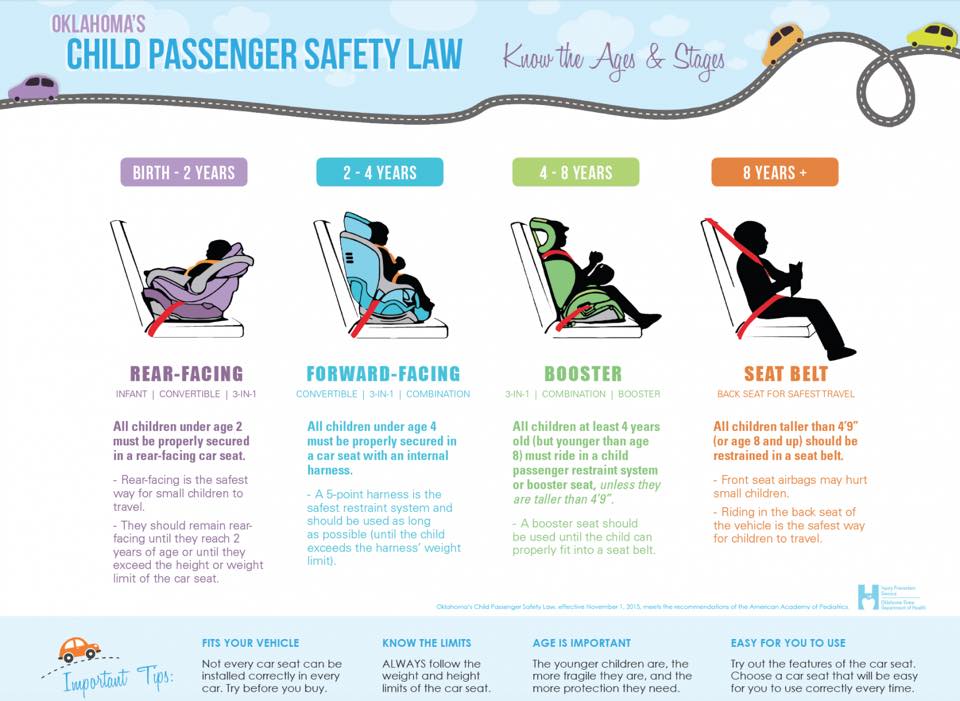

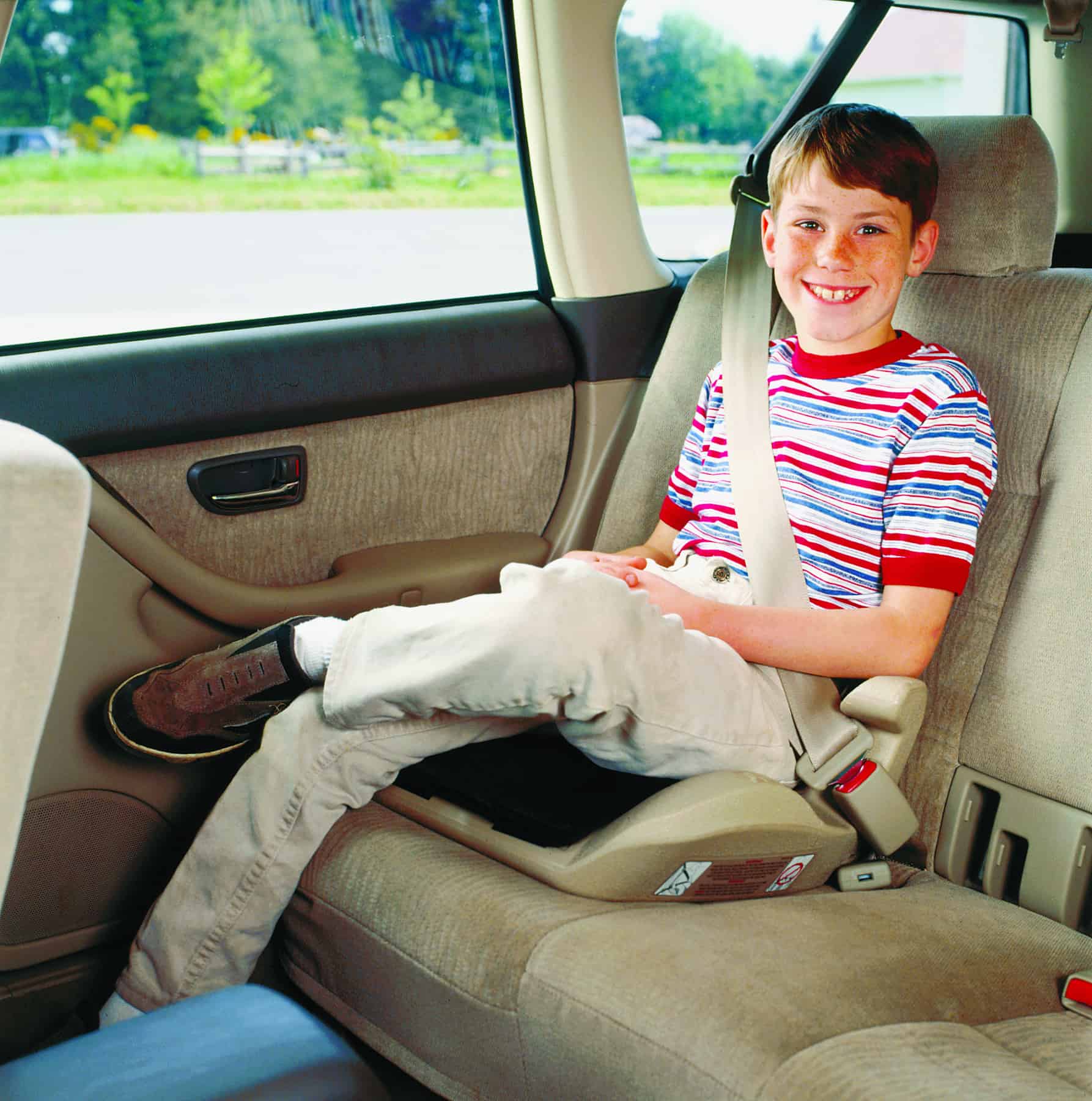

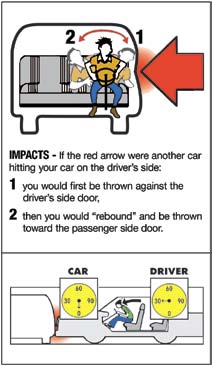

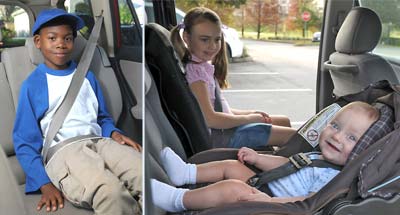

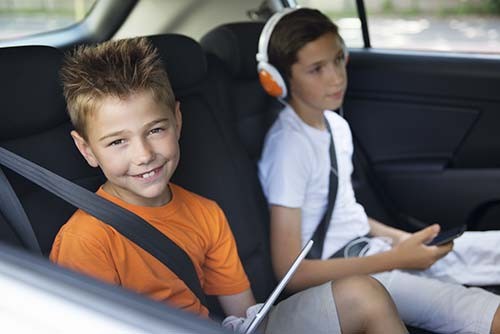

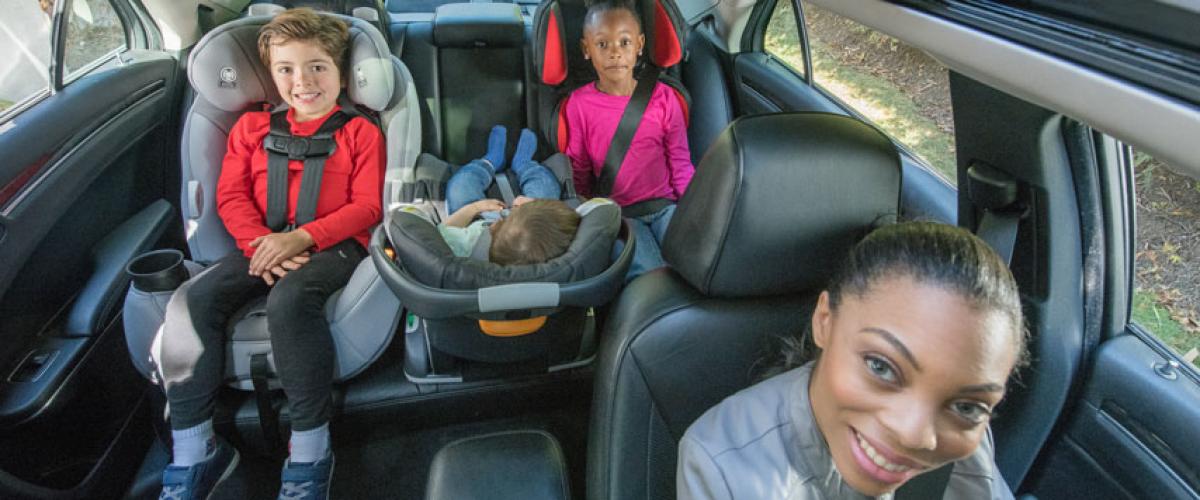

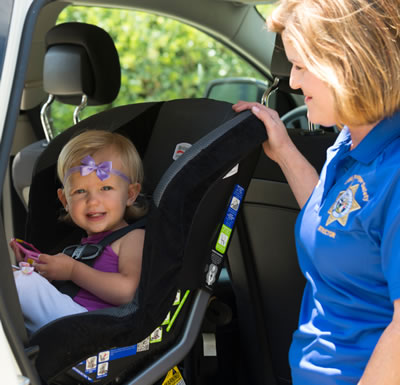





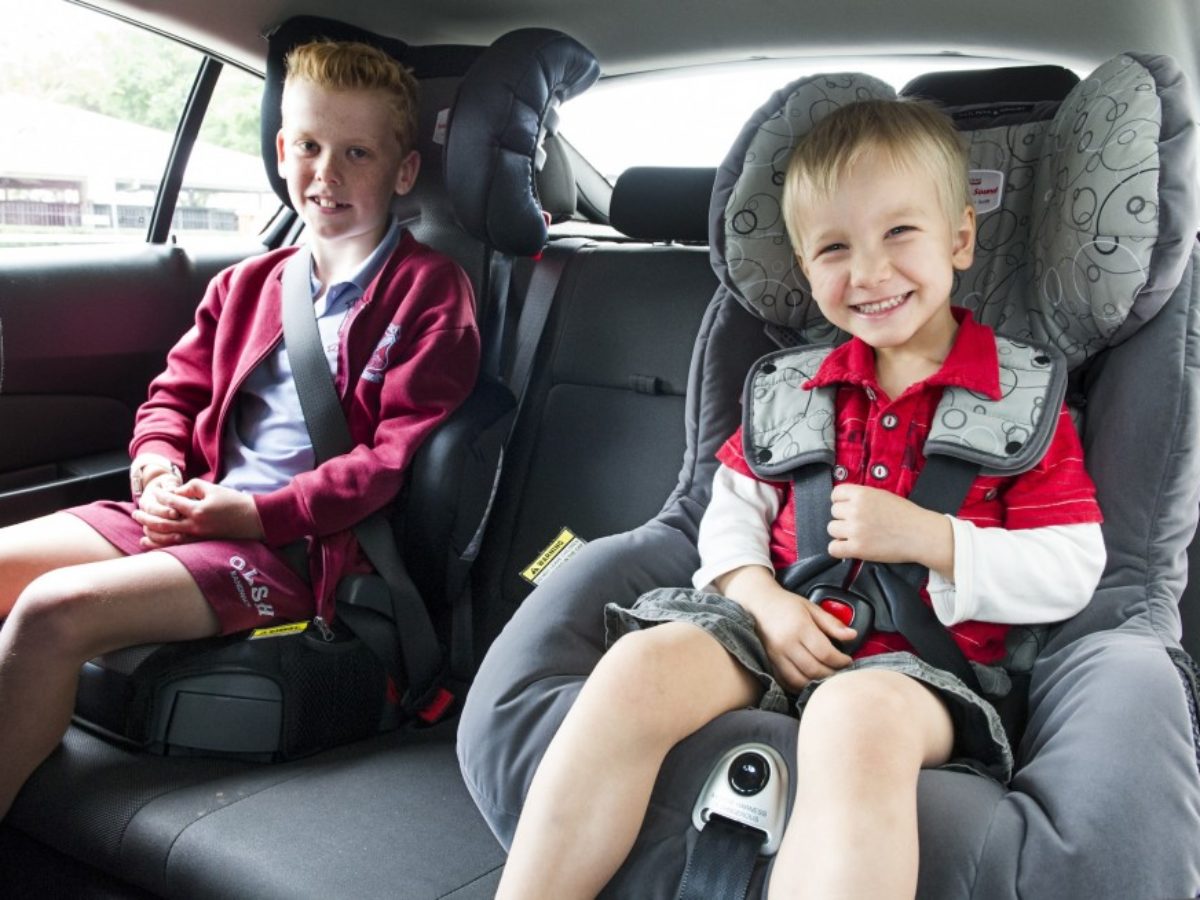


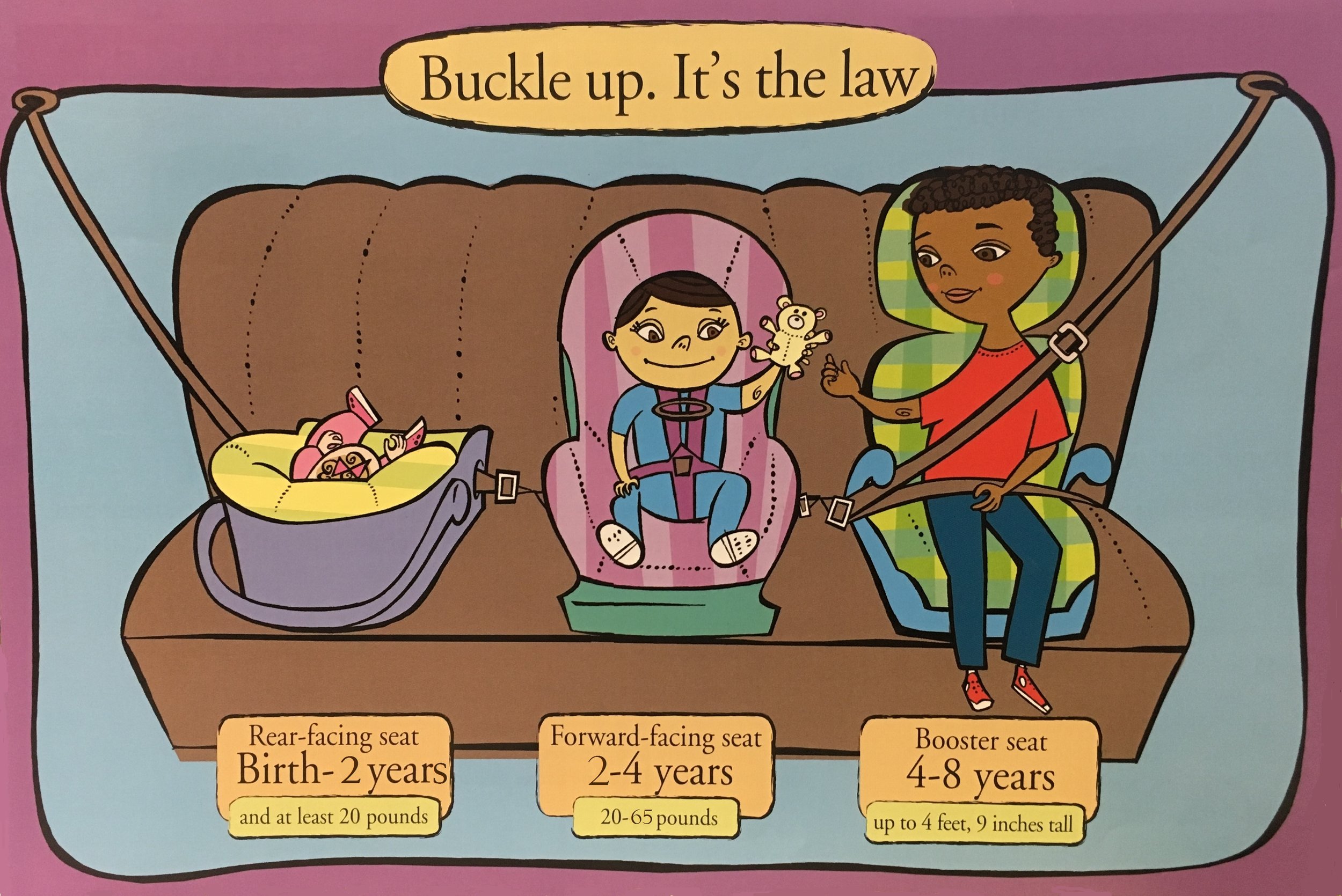
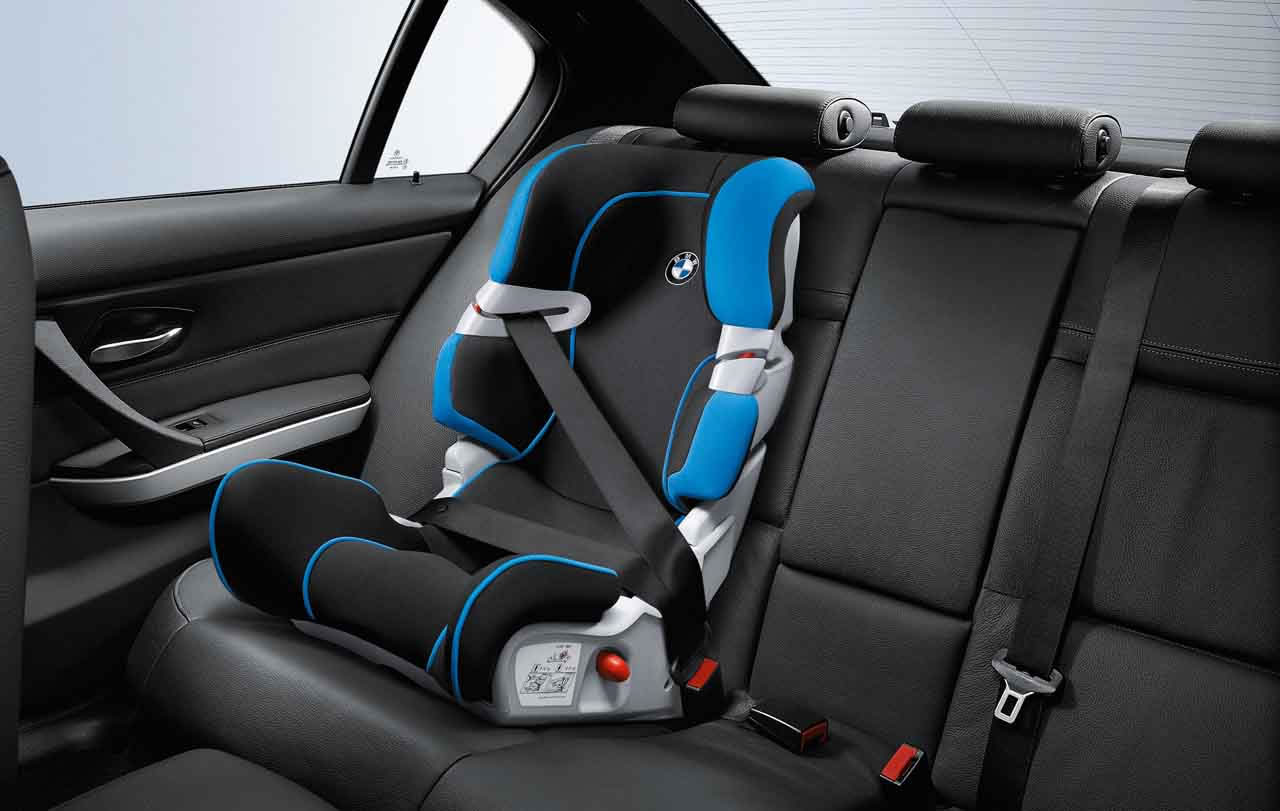
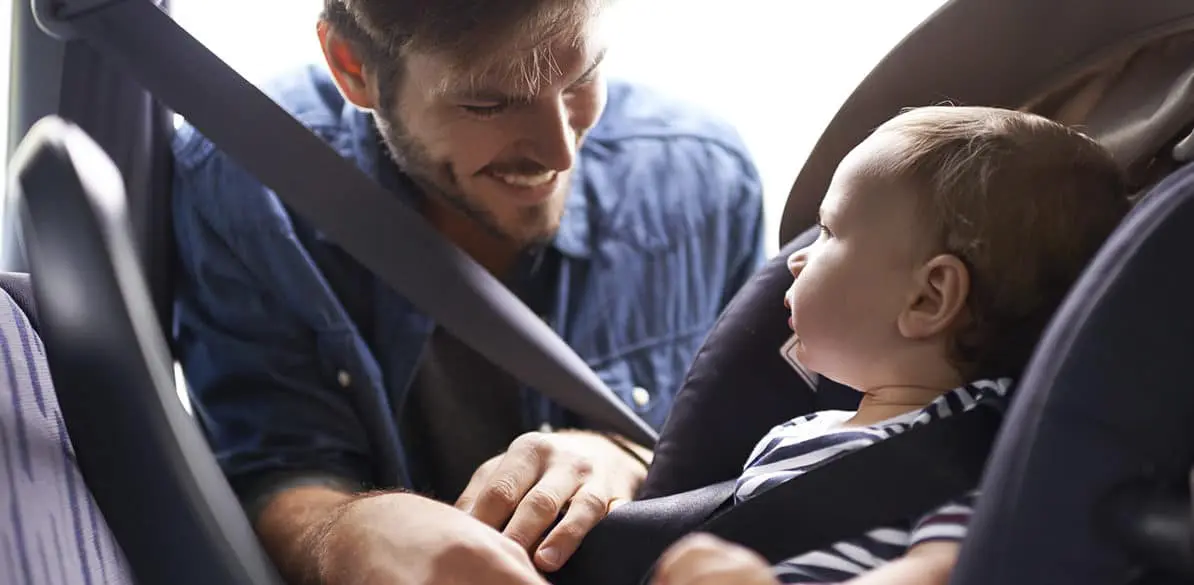
















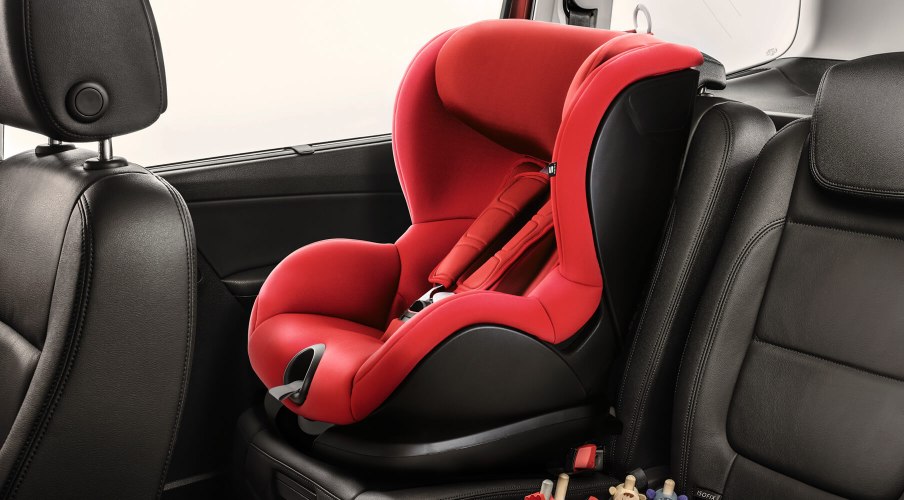
Post a Comment for "What Is A Child Passenger Restraint System"